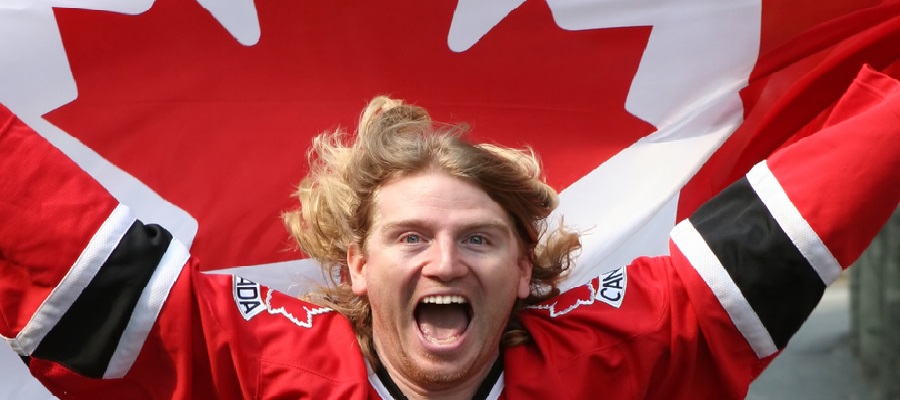From the History
Canada Day is the national day of Canada; it celebrates July 1, when the union of three British colonies into one single country called Canada took place.
Canada belonged to the British Empire; July 1, the day when the three British colonies created one single country, was originally called “Dominion Day”. It changed to Canada Day in 1982. It is often referred to as “Canada’s birthday,” especially in the press. Nova Scotia, New Brunswick and the Province of Canada (divided into Ontario and Quebec) were joined into a federation of four provinces. Canada became a country in its own right on that date. If the date falls on a Sunday, the next day is considered to be a legal holiday. Schools, banks, government offices and many stores and businesses are closed on this day.
The Celebration
Typically, the Canada Day celebration includes parades, fireworks, barbecues and other get-togethers. Most communities hold outdoor public events, parades, carnivals, festivals, air and maritime shows, and free musical concerts. It is the year’s biggest national party and fireworks. Everybody waves the Canadian flag on this day. It has not always been so; Canada did not have a flag of her own till 1965. People sing the national anthem1 which starts with “O Canada!” Fireworks are very popular on this day but they can be dangerous, that is why officials regulate the sale, transportation and use of fireworks.
The name “Canada” was first used by Jacques Cartier in 1535, but there were many othernames which were considered. If things had gone a little differently, Canadians could be celebrating Tuponia* Day.
In Ottawa, the festivities on Parliament Hill start around noon. They carry on into evening. The National Capital Commission has a Web cam right across the street so you can check in to watch the crowd grow.
Canada Day in 2011
In 2011, the Duke and Duchess2 of Cambridge** attended the events marking Canada Day. The royal couple presented national flags to 25 new Canadians who had come from 12 different countries. Kate wore a white dress and red hat – the colors of Canada’s flag. The large crowd on Ottawa’s Parliament Hill cheered3 and sang “Will and Kate.” They were excited because the future king and queen were there and also because they viewed the couple as celebrities. Kate packed up to 40 different outfits for the tour, including some by French and Canadian designers. The cost of the visit to the Canadian government was estimated to be 1.4 million Canadian dollars.
Canada Day Activities
Going to the beach, flying a kite4, going to a carnival or attending a barbecue are typical activities on Canada Day. Hot air balloon riding, camping, hockey, fishing and white water rafting are also enjoyed by the young and the old.
Editor’s Notes: *Tuponia is an acronym for The United Provinces of North America. **William a Kate
QUIZ:
1. In which year did the name “Canada Day” originate?
a. 1982
b. 1992
c. 1972
2. When was the name “Canada” first used?
a. 1534
b. 1535
c. 1536
3. How does the Canadian anthem begin?
a. O, Canada
b. Dear Canada
c. O, my Canada
4. What did Kate wear on her visit to Canada?
a. A red dress and white hat
b. A white dress and red hat
c. A white dress and orange hat
5. How many outfi ts did Kate pack for the tour to Canada?
a. 20
b. 30
c. 40
6. How much did the visit of Kate and William cost the Canadian government?
a. 1 million Canadian dollars
b. 1.4 million Canadian dollars
c. 1.6 million Canadian dollars
Katarína Čelková
VOCABULARY: 1.hymna; 2. vojvoda a vojvodkyňa – vévoda & vévodkyně ; 3.prevolávať na slávu – provolávat slávu; 4.púšťanie vu; šarkanov – pouštění draků
Correct answers: 1.A; 2.B; 3.A; 4.B; 5.C; 6.B

